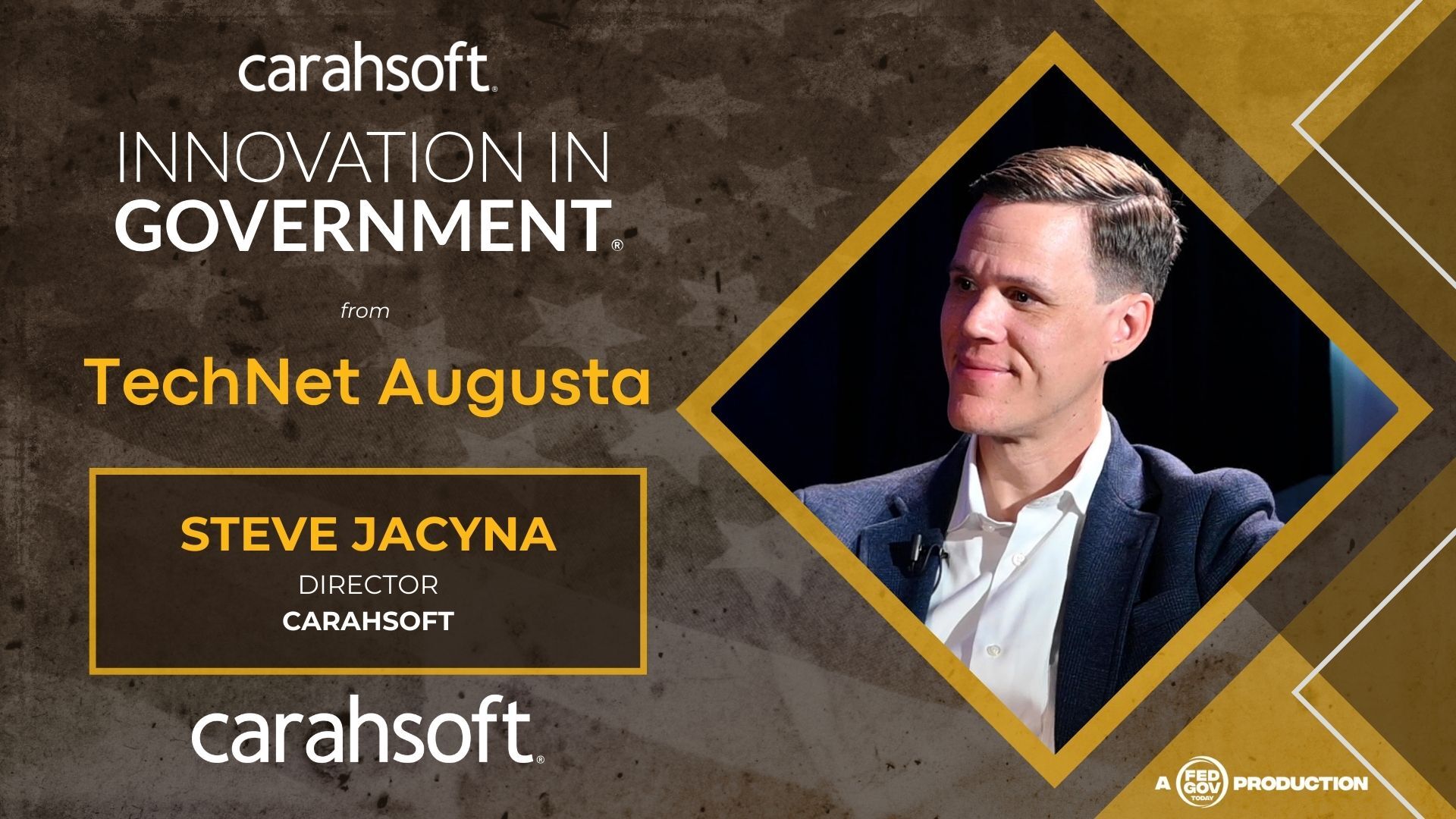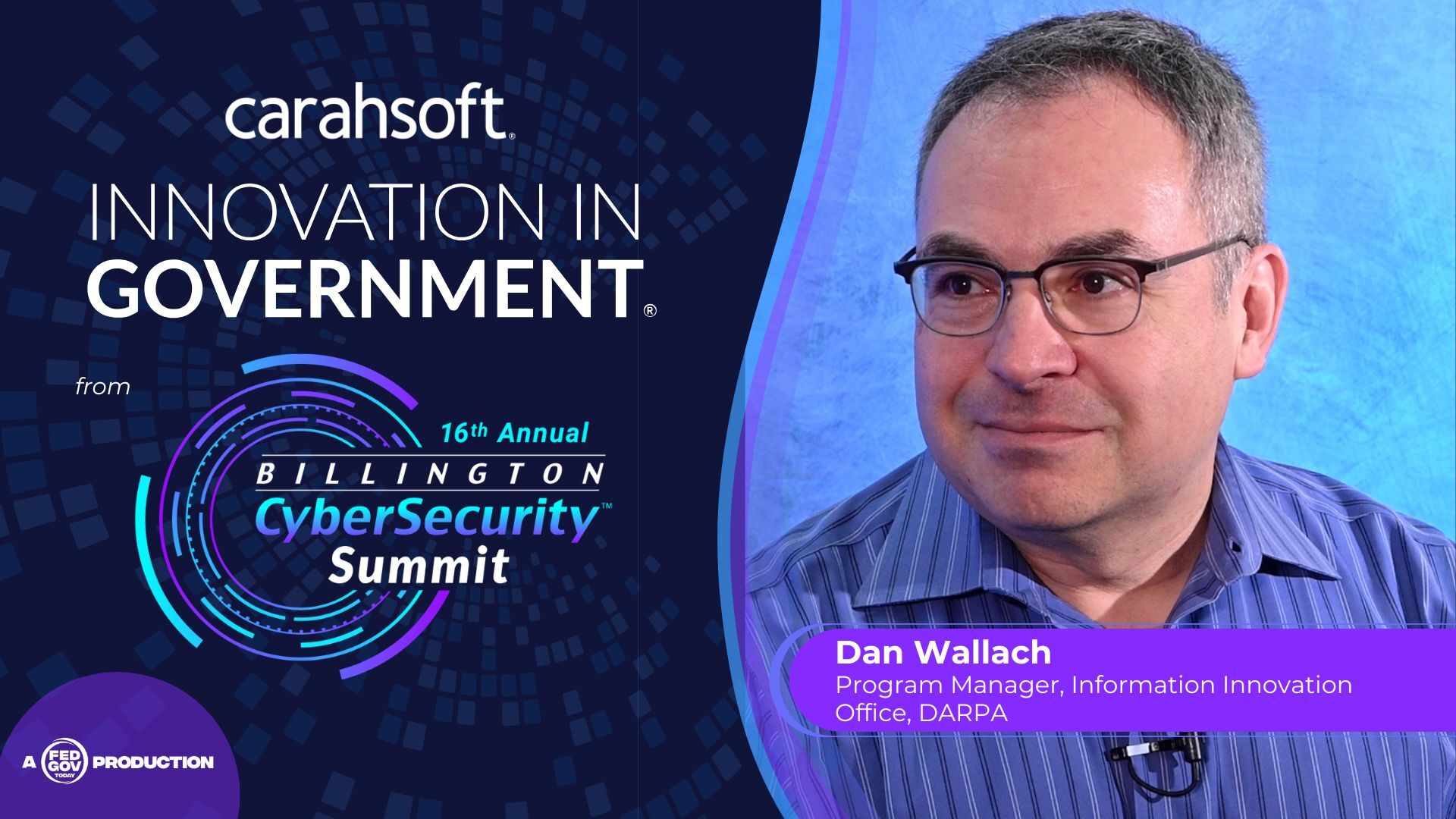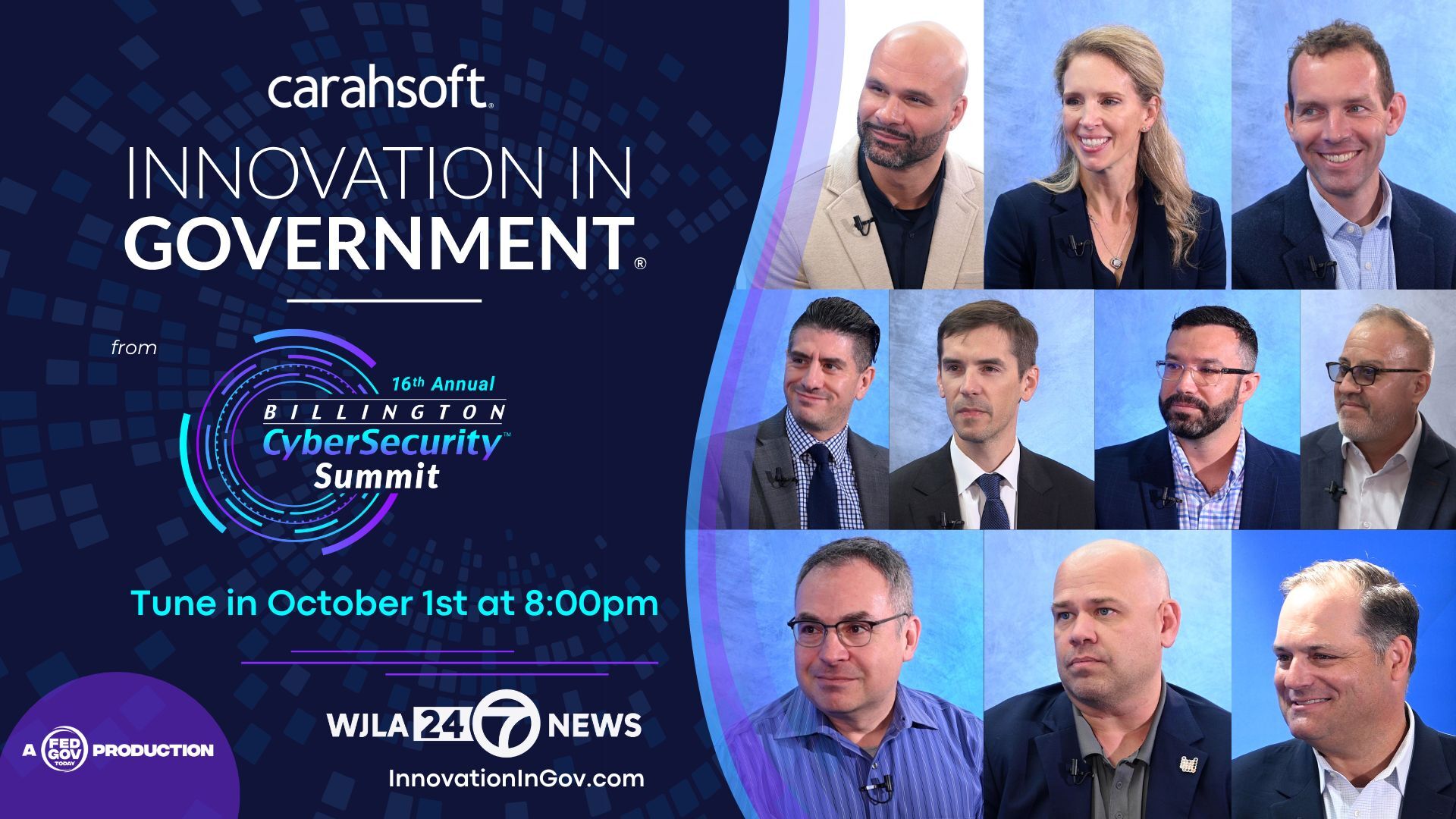Original broadcast 10/1/25
Presented by Carahsoft
At the Billington CyberSecurity Conference in Washington, DC, Matthew Isnor, Program Lead for Cyber Workforce Development, and Alfredo Rodriguez III, Program Lead for Cyber Workforce Data & Analytics, both from the Office of the DoW Chief Information Officer, shared how the Department of War is tackling one of its most complex challenges: building, measuring, and sustaining a ready cyber workforce. Their conversation underscored the need to move beyond headcounts and certifications toward a more nuanced understanding of skills, readiness, and mission performance.
 Isnor explained that the DoW’s cyber workforce is far broader than the term might suggest. While cybersecurity professionals form the core, the workforce also includes roles in IT, data, software engineering, and artificial intelligence. To manage such a diverse set of skills, the department needs more than traditional HR records. It requires comprehensive data about what people actually do, what skills they possess, and where the gaps are. This, he said, is where Rodriguez’s data analytics work comes into play.
Isnor explained that the DoW’s cyber workforce is far broader than the term might suggest. While cybersecurity professionals form the core, the workforce also includes roles in IT, data, software engineering, and artificial intelligence. To manage such a diverse set of skills, the department needs more than traditional HR records. It requires comprehensive data about what people actually do, what skills they possess, and where the gaps are. This, he said, is where Rodriguez’s data analytics work comes into play.
Rodriguez described the painstaking process of collecting and standardizing data from the military services and their personnel systems. Historically, each service maintained its own approach to classifying roles, making it difficult to compare workforce capabilities across the department. The adoption of a common framework—the Cyber Workforce Framework—has helped solve this problem. Now, a work role coded as “411” in the Army is recognized as the same role in the Air Force or Navy. This shared lexicon allows data from disparate sources to be integrated and analyzed consistently.
 But counting roles, Rodriguez stressed, is only the beginning. The real value comes from qualifying the workforce—determining whether personnel are actually capable of performing the roles they are assigned. This requires deeper data on training, certifications, education, and increasingly, on-the-job performance. For example, a service member may hold a cyber role on paper, but without current qualifications or experience, readiness is compromised. The DoW’s effort aims to close this gap by creating a more accurate picture of who is ready, who needs development, and where resources should be focused.
But counting roles, Rodriguez stressed, is only the beginning. The real value comes from qualifying the workforce—determining whether personnel are actually capable of performing the roles they are assigned. This requires deeper data on training, certifications, education, and increasingly, on-the-job performance. For example, a service member may hold a cyber role on paper, but without current qualifications or experience, readiness is compromised. The DoW’s effort aims to close this gap by creating a more accurate picture of who is ready, who needs development, and where resources should be focused.
Isnor added that the concept of readiness has become central to the department’s workforce strategy. Senior leaders need more than static reports; they need dynamic snapshots of what their personnel can do at any given time. To meet this need, the DoW is working on tools like heat maps that visualize workforce strengths and weaknesses across components. These insights can help commanders quickly identify where gaps exist and where surging talent is necessary in response to emerging threats.
The effort is not without its challenges. Rodriguez acknowledged that aligning data from multiple services is a complex and ongoing process. Each service collects information differently, and integrating it into a single visualization platform requires extensive coordination. Yet, he expressed optimism that progress is being made. Each time the data is shared back with the services, they recognize discrepancies, refine their processes, and improve the quality of what is collected. Over time, the integrity of the data improves, creating a virtuous cycle.
Isnor emphasized that this work is not only for senior leaders but also for those on the ground. Operational commanders and division-level leaders need to understand the readiness of their own teams to deploy personnel effectively. By providing accessible data tools, the DoW ensures that workforce insights are available at every level, not just in headquarters briefings. This democratization of data strengthens decision-making and ensures that readiness assessments reflect the realities of the field.
 Looking ahead, both Isnor and Rodriguez highlighted the importance of expanding beyond qualifications to performance data. They envision a future where the department can assess not only whether individuals have the right certifications but also how well they execute their missions. This shift would provide a fuller picture of readiness, blending skills, knowledge, and operational effectiveness. Building such a system will require new data collection methods, cultural changes, and close collaboration between HR and operational communities.
Looking ahead, both Isnor and Rodriguez highlighted the importance of expanding beyond qualifications to performance data. They envision a future where the department can assess not only whether individuals have the right certifications but also how well they execute their missions. This shift would provide a fuller picture of readiness, blending skills, knowledge, and operational effectiveness. Building such a system will require new data collection methods, cultural changes, and close collaboration between HR and operational communities.
Culturally, the initiative represents a shift in how the department views its people. Historically, HR and readiness communities have worked in parallel, often with little overlap. By integrating their efforts into a shared data environment, the DoW is creating a more holistic approach to workforce management. Both leaders acknowledged that change is difficult, but they also noted that stakeholders across the cyber enterprise increasingly recognize the value of the effort.
The broader significance of this initiative is clear: cyber threats evolve quickly, and the workforce must be able to keep pace. Understanding the skills, readiness, and qualifications of personnel in real time is as important as deploying new technologies. Without the right people in the right roles, even the most advanced tools cannot succeed.
In closing, Isnor and Rodriguez expressed optimism about the direction of their work. While there are still hurdles, they see growing enthusiasm across the services and expect continued improvement in both data quality and readiness insights. Their efforts are helping the Department of War not only build a more capable workforce today but also lay the foundation for sustaining cyber readiness in the years ahead.
Key Takeaways
-
Workforce data must go beyond headcounts and certifications to measure actual readiness and mission capability.
-
Standardized frameworks allow consistent analysis across all military services.
-
Future efforts will integrate performance data, providing a comprehensive view of workforce effectiveness.



